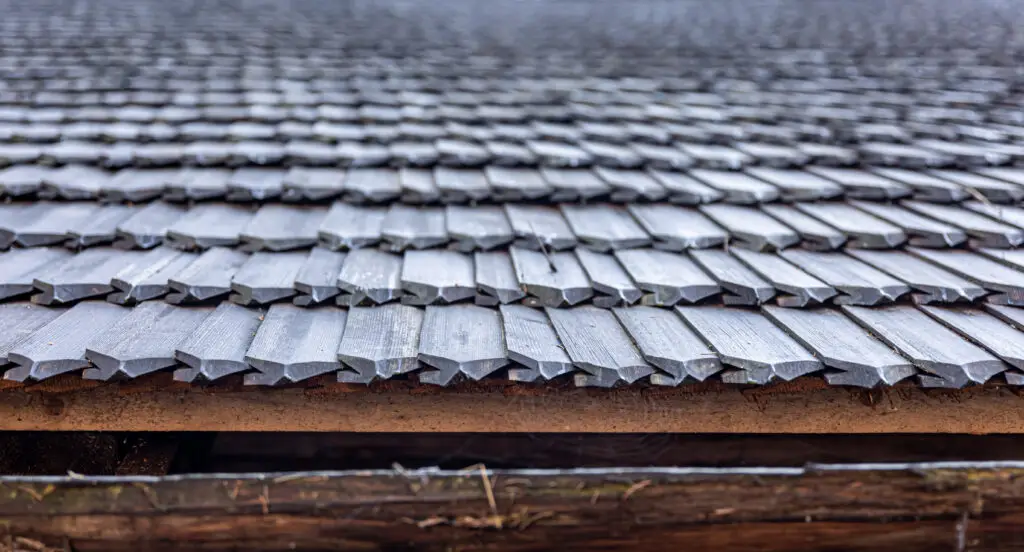
Energy-Efficient Roofing: How the Right Roof Can Lower Utility Bills
When it comes to cutting down on monthly expenses, most homeowners think about switching to LED lighting or upgrading their HVAC system. However, one of the most effective — yet often overlooked — ways to reduce your energy costs is through your roof. By choosing energy-efficient roofing materials and working with experienced Roofing Companies, you can significantly lower your utility bills while enhancing your home’s comfort and sustainability.
What Is Energy-Efficient Roofing?
Energy-efficient roofing is designed to reflect more sunlight and absorb less heat than a conventional roof. The goal is to maintain a stable indoor temperature, keeping your home cooler in the summer and warmer in the winter.
Professional Roofing Companies use advanced materials and installation techniques that minimize heat transfer, reduce the load on your air conditioning and heating systems, and ultimately save you money on energy bills.
How Energy-Efficient Roofing Works
Energy-efficient roofs combine several elements to optimize performance:
- Reflective Materials:
Roof coatings and surfaces that bounce sunlight away from your home, preventing heat buildup. - Proper Insulation:
Quality insulation installed by certified Roofing Companies helps maintain indoor temperature consistency throughout the year. - Ventilation Systems:
Good roof ventilation allows hot air to escape, reducing attic temperatures and improving airflow. - Thermal Emittance:
The ability of roofing materials to release absorbed heat efficiently, keeping your home cooler.
Together, these factors create a balanced roofing system that enhances both comfort and energy performance.
Top Energy-Efficient Roofing Materials
When planning a new roof installation or replacement, consult trusted Roofing Companies to help you choose materials that deliver the best energy efficiency for your region and climate.
1. Metal Roofing
Metal roofs are among the most reflective and durable options. They can reduce cooling costs by up to 25% and are often coated with specialized finishes to enhance their energy performance.
2. Cool Roof Shingles
Many Roofing Companies now offer “cool roof” asphalt shingles that use reflective granules to minimize heat absorption — a budget-friendly yet effective option.
3. Clay and Concrete Tiles
These materials provide natural ventilation between the roof deck and tiles, reducing heat transfer and keeping your home cooler.
4. Slate Roofing
Slate’s density and natural insulation properties make it a strong contender for maintaining temperature balance and long-term durability.
5. Green (Living) Roofs
Some innovative Roofing Companies specialize in eco-friendly green roofs — living systems that combine soil and plants to insulate your home and promote environmental benefits.
Benefits of Energy-Efficient Roofing
Investing in an energy-efficient roof installed by professional Roofing Companies offers several long-term advantages:
- Lower Utility Bills:
Reflective and insulated roofs reduce cooling and heating costs by 15–30%. - Improved Home Comfort:
A well-designed roof helps stabilize indoor temperatures, preventing hot or cold spots. - Extended Roof Lifespan:
Reflective materials minimize thermal stress and degradation, increasing roof longevity. - Eco-Friendly Living:
Reduced energy use means fewer carbon emissions and a smaller environmental footprint. - Higher Property Value:
Homes with energy-efficient roofing installed by reputable Roofing Companies are more attractive to potential buyers.
Final Thoughts
Your roof is more than a protective barrier — it’s a major contributor to your home’s overall energy performance. Partnering with experienced Roofing Companies for energy-efficient solutions can help you enjoy year-round comfort, lower utility bills, and a more sustainable lifestyle.
Whether you’re building a new home or replacing an old roof, investing in energy-efficient roofing is one of the smartest decisions you can make for your home and the planet.
